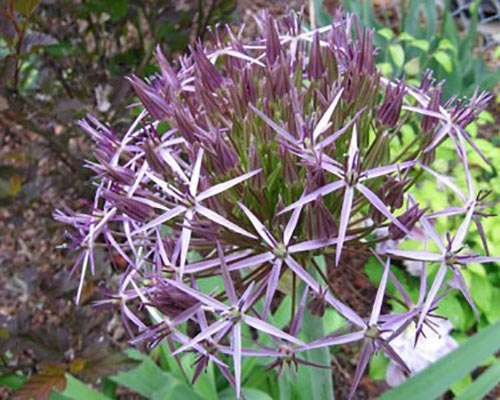
Melinda’s Garden Moments is heard Mon.-Fri. at 7:45 and 10:45 a.m. and 4:45 p.m. on WHAV.
Add color and drama to your garden beds spring through fall with alliums also known as flowering onions.
2016 has been declared Year of the Allium by the National Garden Bureau. This bold yet versatile plant can be used in formal, informal and even naturalistic gardens.
And no matter where you plant it, the deer tend to leave it alone. But you’ll enjoy watching the bees, bumblebees and other pollinators that visit and enjoy its sweet nectar.
Alliums are native to areas where winters are cool, summers are hot and soils are fast-draining. This makes them perfect additions to waterwise and low maintenance gardens.
The usually spherical flower heads can range in size from one inch, like those on the fall blooming Allium senescens ‘Glaucum,’ up to the 10-inch purple flowers on ‘Globemaster.’
Enjoy these beauties indoors as cut flowers in fresh and dried arrangements.
A bit more information: Extend the life and your enjoyment of allium with a little floral spray paint. Use red, white, and blue for a patriotic theme or spray seed heads white, add a few greens and rose hips for a winter container. Alliums also make great cut flowers lasting several weeks in the vase. Or allow the flower heads to dry and remain in the garden or display in a vase.
For more gardening tips, how-to videos, podcasts and more, visit www.melindamyers.com.

